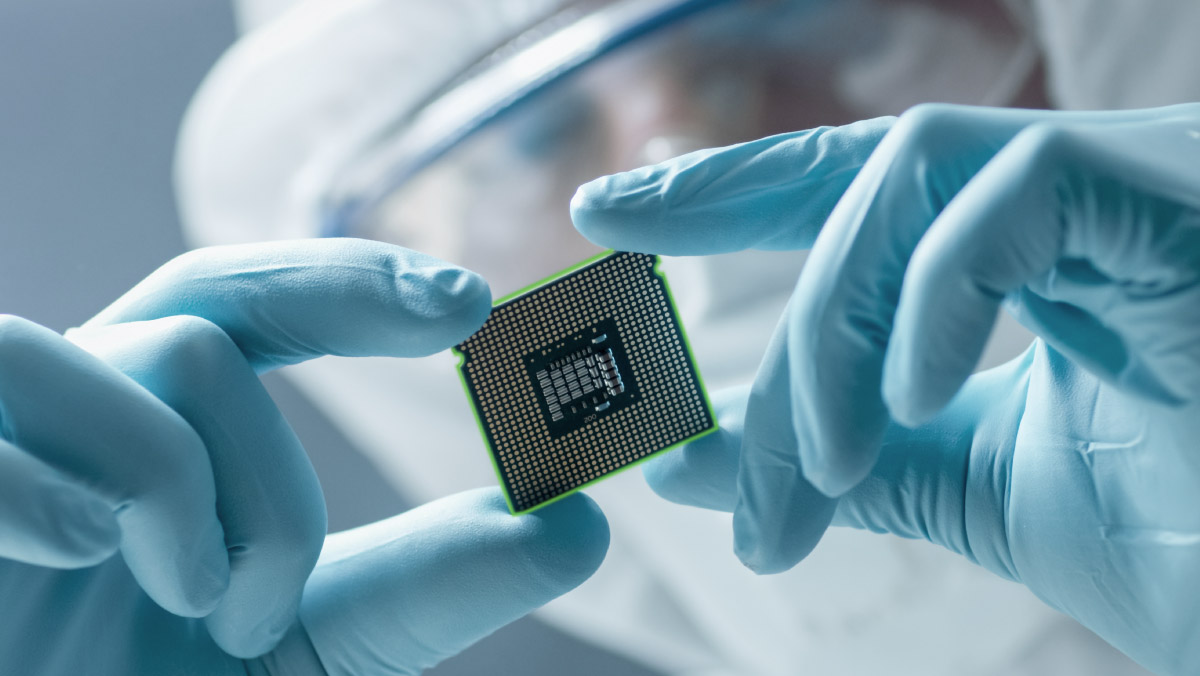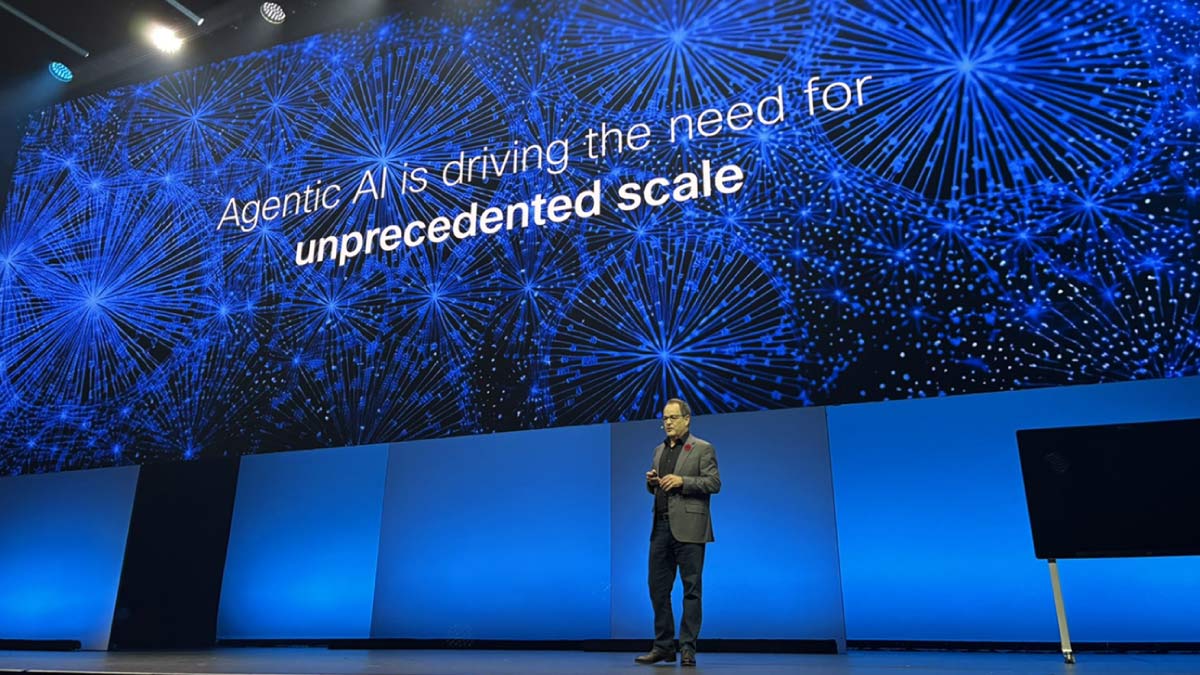In today’s world, semiconductor chips are critical for, well, just about everything. So, when the COVID-19 pandemic exposed our overreliance on just a few Asian silicon suppliers, the impact rippled across the global economy.
Part of the solution is to spur the development of new design and manufacturing centers around the world. That’s why Cisco, in collaboration with the Spanish government, is supporting a nascent European semiconductor industry. Part of that effort was the announcement late last year of a next-generation semiconductor design center, to be co-located with an existing Cisco Innovation Center in Barcelona.
To learn more, we turned to Eyal Dagan, EVP of Cisco’s Common Hardware Group. He shared his thoughts on the wide-ranging impact he expects from this important initiative.
Great to have you with us today, Eyal! Maybe we could start with a few thoughts on the global supply chain for semiconductors in general. What are some challenges that have led to lags in production and supply?
Because of COVID-19 we had a silicon supply shortage. Starting from the Automotive industry, going to all types of consumer electronics, up to the global web scalers all suffered from a shortage of semiconductors. It put a spotlight on the supply chain, that is the semiconductor manufacturing and the semiconductor industry. People were exposed to the fact that the bulk of the silicon supply is coming from one source primarily, from TSMC in Taiwan and much of the rest comes from China.
So, it’s become a top-of-mind topic.
Given this raised awareness, what has been the response?
The customers, governments, and technology vendors like Cisco, are all looking to diversify. And there are different incentives in the U.S. and Europe to help open new manufacturing plants. In the U.S., for example, we saw the $280 billion CHIPS and Science Act passed last year. And Europe is taking its own initiative, with the EU Chips Act.
Which brings us to Spain. Tell us about the government’s collaboration with Cisco’s Country Digital Acceleration (CDA) program to create a new semiconductor design project.
Chuck Robbins, Cisco’s CEO, met with Pedro Sanchez, the prime minister of Spain, last year at Davos, and the subject of chips and silicon was top of mind for business and political decision makers. Spain has top universities and top engineers, and the idea of opening a new design and prototyping center came together quickly. Especially when CDA got involved, because CDA has a long history with digitization projects in Spain.
What are some of the other advantages of creating this in Spain?
There are two things you ideally need for a semiconductor industry: You need an ecosystem of design centers and the fabrication houses for the manufacturing of the different parts of the chip. Spain makes a lot of sense in that it has a talent pool for engineering, with very good universities, along with the incentives from the government.
By us opening a design center in Spain, we are helping the ecosystem of the chip design centers in Spain that eventually helps chip fabrication vendors opening manufacturing in the country. It is also a vote of confidence for Spain’s engineering talent. We are very proud of our Cisco Silicon One architecture, and we are in constant search of top talent. By opening a design center in Spain it is a win for both sides.
Aside from filling some of these critical gaps in chip supply, what are some of your longer-term goals for the center?
Helping to grow the chip design industry will be a big spur for Spain and its economy, and for Europe too. Cisco is helping by putting a seed in the ground. We will water it and take care of it, and hopefully it will be a big tree in several years— and one that helps other trees to grow across Europe. I’m excited that Chuck and the Cisco team reacted in such a very short time. From the moment this idea came up, we did the exploration and the research. We are now actively recruiting our people in Spain.
And beyond the Spanish economy, the world depends on this kind of initiative.
Take the U.S. CHIPS and Science Act. That is an incentive for them to build fabrication houses on the ground in the U.S., but also part of it goes to design setup. Because everybody understands that there has to be an ecosystem around this; it’s not just about manufacturing the final product. Nothing can move today without semiconductors. Cisco is one of the biggest consumers of semiconductors, that’s one reason why we are encouraging a more diversified supply chain.
What is your best hope for the long-term impact of the Spain design center?
I believe in the strength of a diversified culture, and I think this design center will be another proof of that. Every time we add a new continent, country, or culture, good things happen. It brings new ideas to the table, yielding better designs and eventually better products. Silicon One is the building block of the Internet. And connectivity is a central building block for inclusion.




